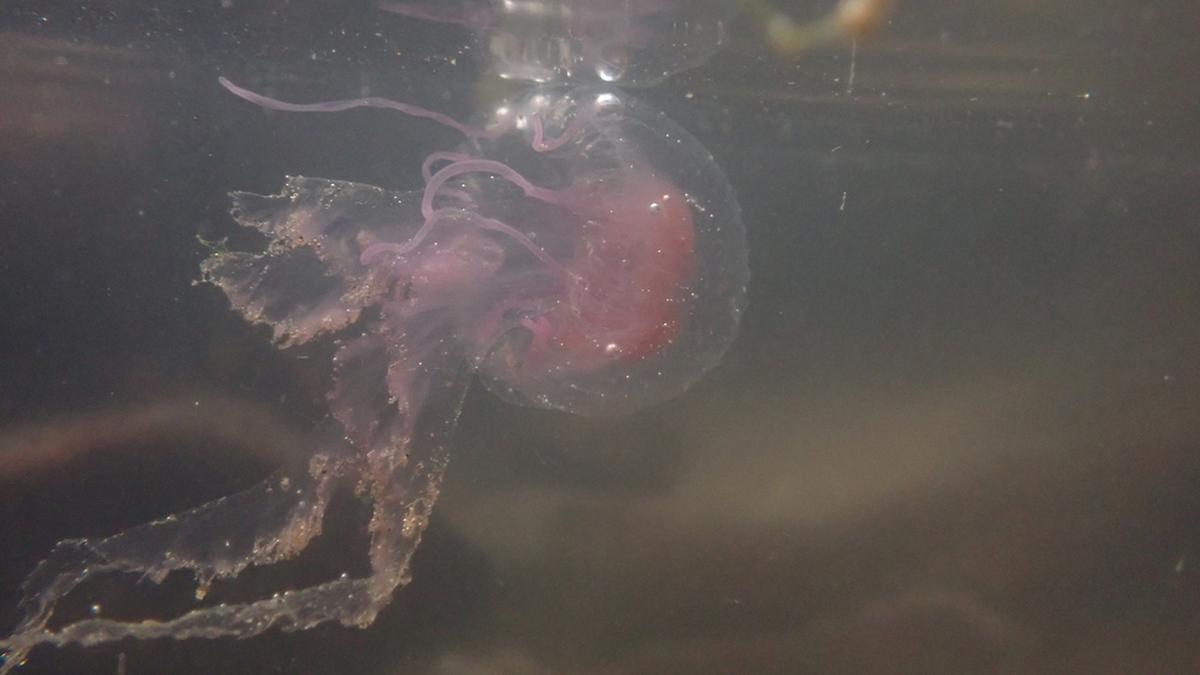Purana Qila
The Archaeological Survey of India (ASI) has planned to further excavate the Purana Qila site near the kunti temple.
|
Bada Darwaza (Large Gate) |
|
|
Forbidden / North gateway (Talaqui darwaza) |
|
|
Southern gateway (Purana Quila, Humayun Darwaza) |
|
|

References
OptiDrop & C-CAMP
The Centre for Cellular and Molecular Platforms (C-CAMP) in Bengaluru recently announced that it has developed a new platform to study single cells.
OptiDrop
|
Flow cytometry is a laser-based technology that analyzes the characteristics of cells or particles. |
Centre for Cellular and Molecular Platforms (C-CAMP)
References
Mauve stinger or purple-striped jellyfish
A Venomous jellyfish blooms recently spotted along Visakhapatnam coast in Andhra Pradesh.

|
A jellyfish bloom is when the population of the species increases dramatically within a short period of time, usually due to a higher reproduction rate. |
|
Conservation status |
|
|
IUCN Red List Status
|
Not Evaluated |
|
CITES status
|
|
|
Convention on Migratory Species |
|
References
Living Wills
30 people in Thrissur, Kerala executed living wills recently.
|
Article 21 –Right to die with dignity. The Supreme Court allowed passive euthanasia since 2018. |
Euthanasia
References
Types of Startups
|
Types of Startups |
|
|
Minicorn |
|
|
Soonicorn |
|
|
Unicorn |
|
|
Decacorn |
|
|
Hectocorn |
|
Reference